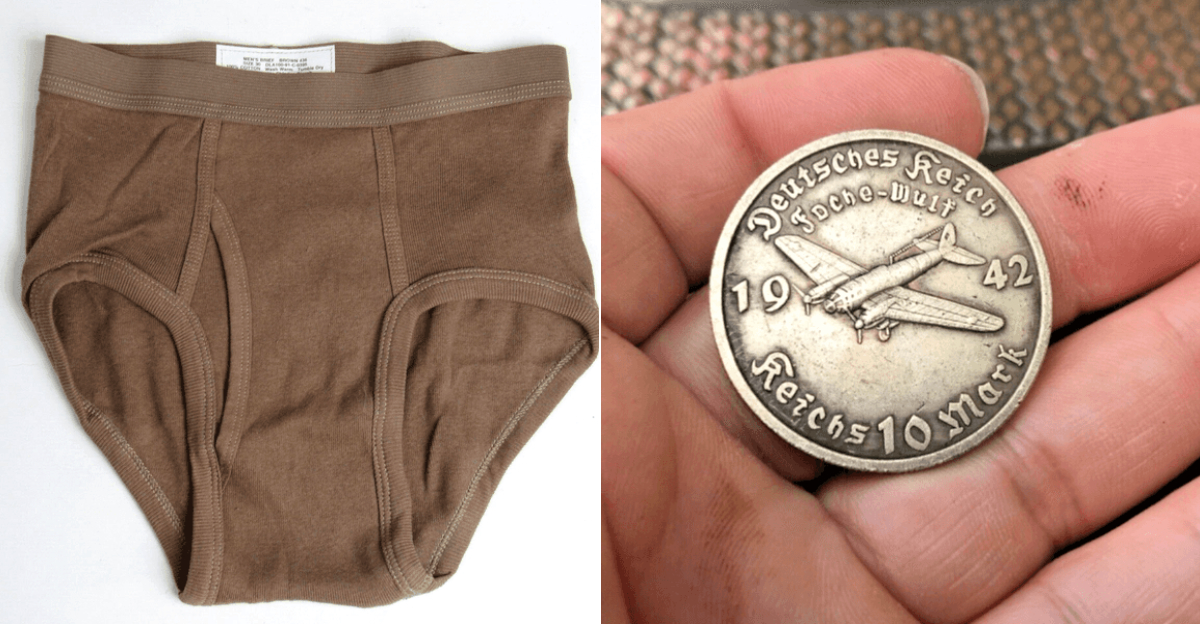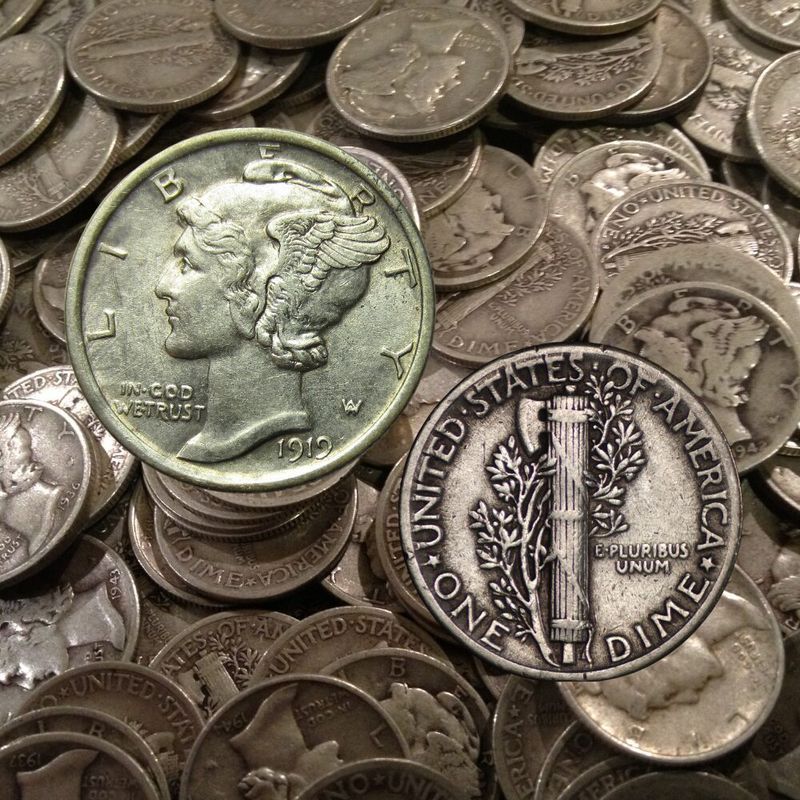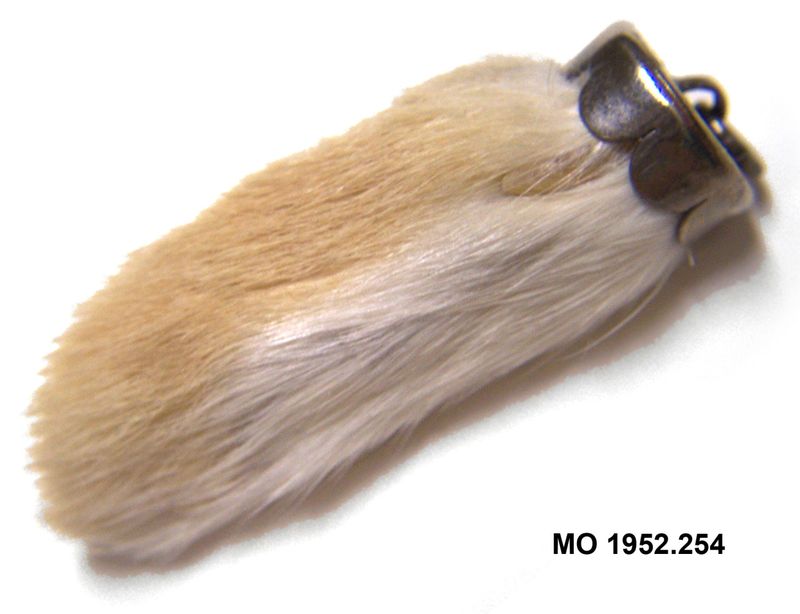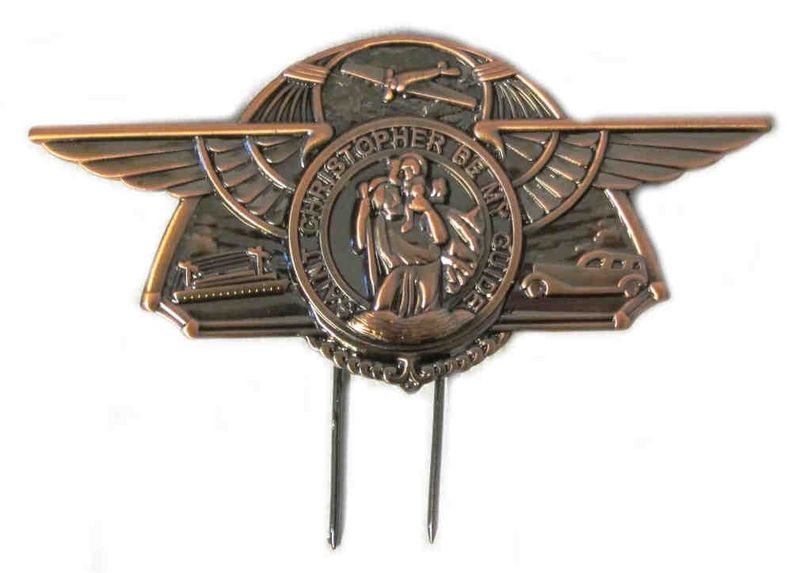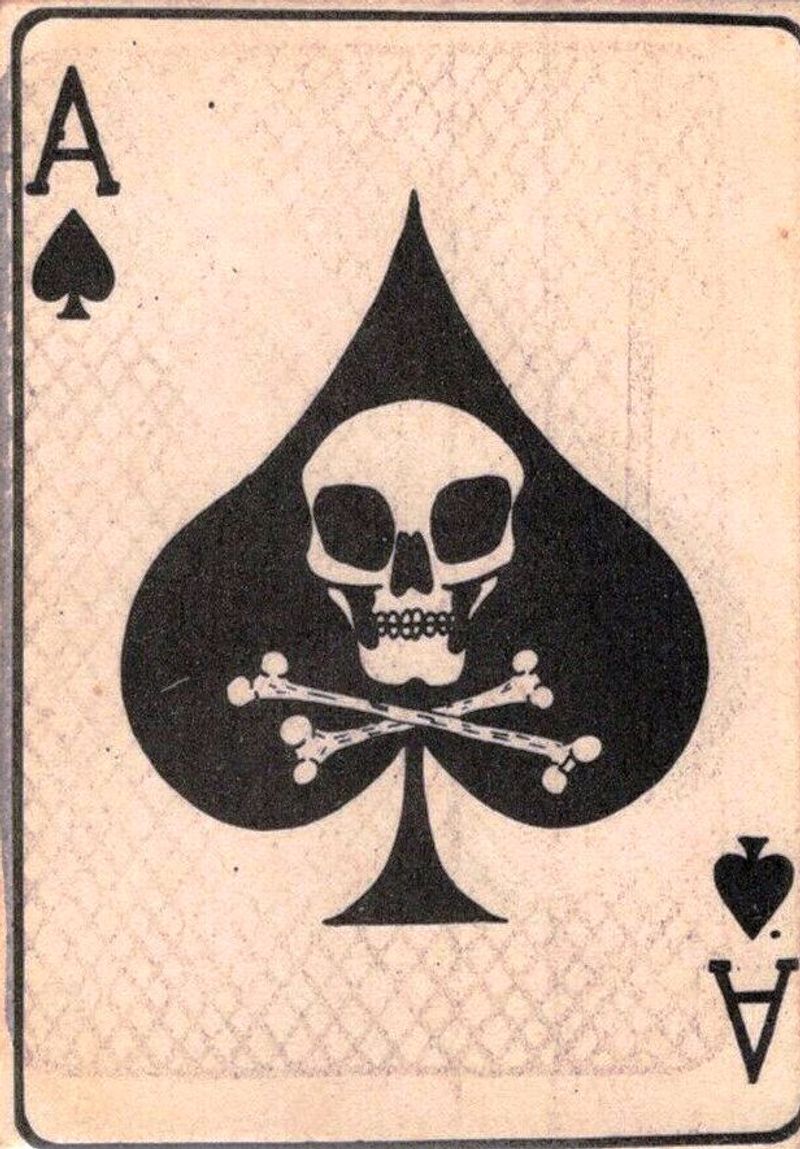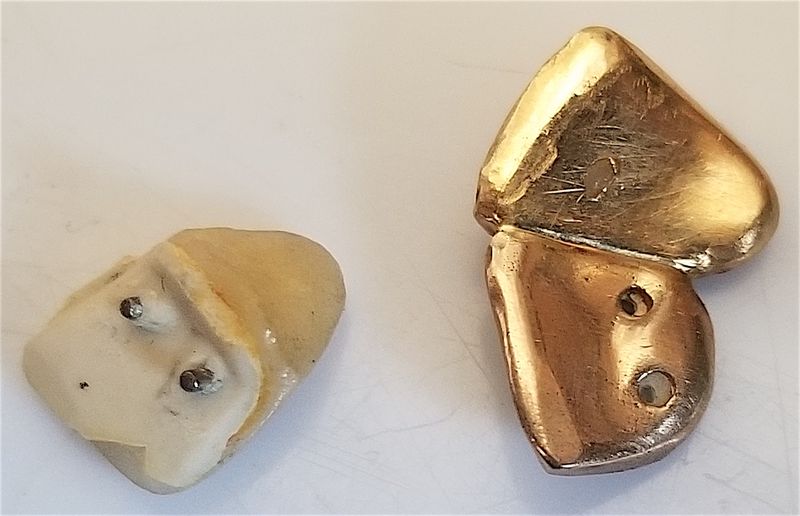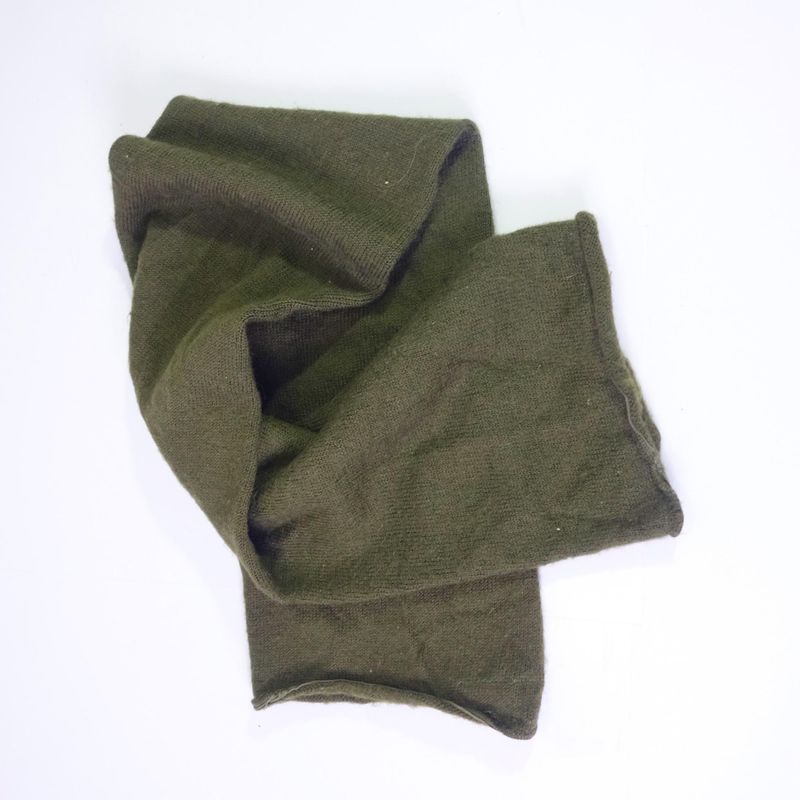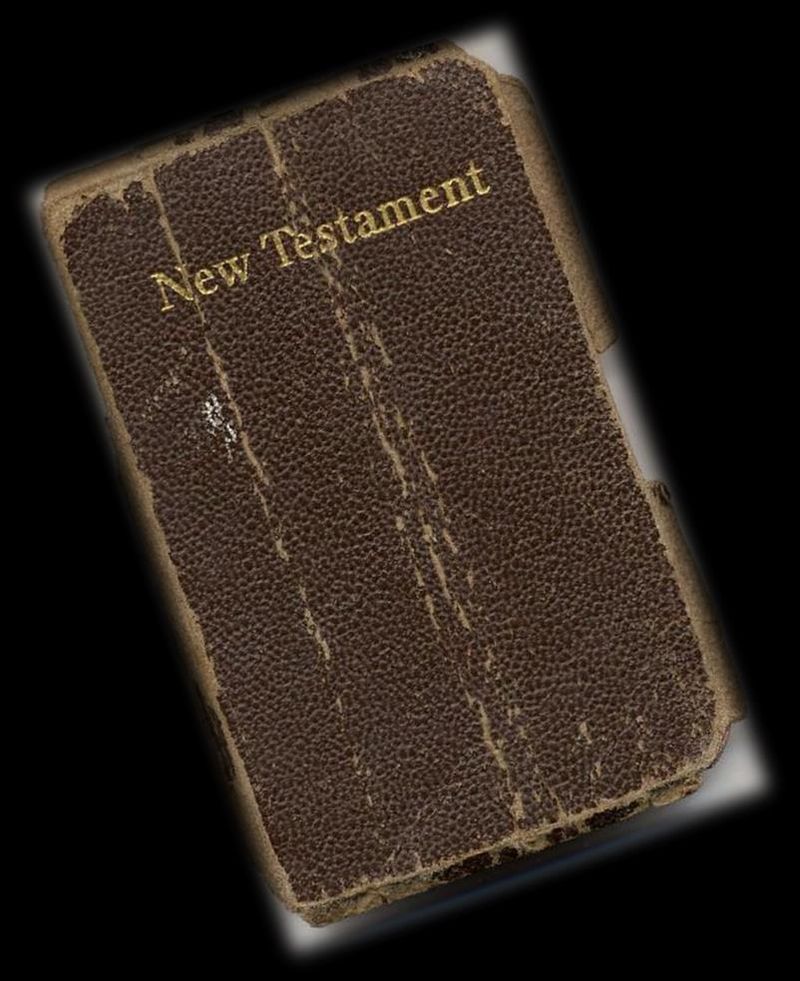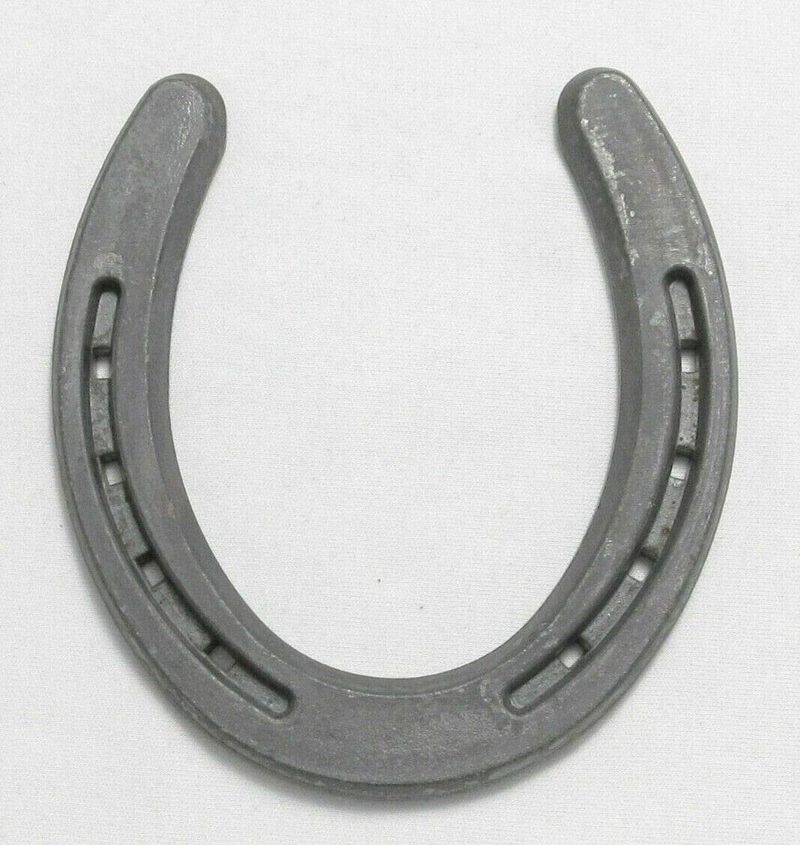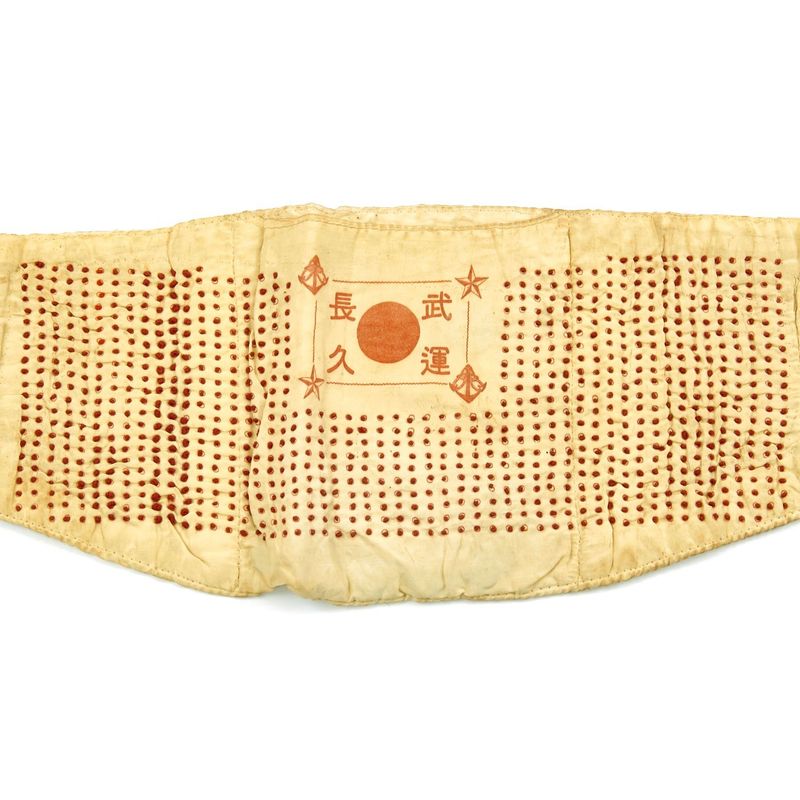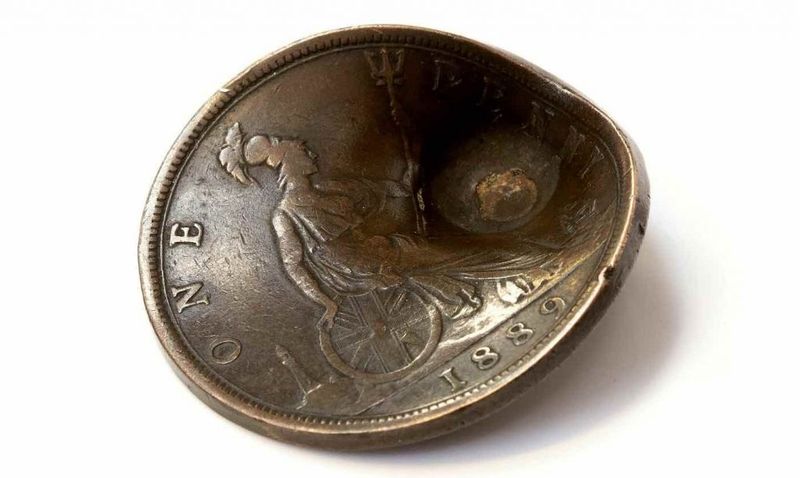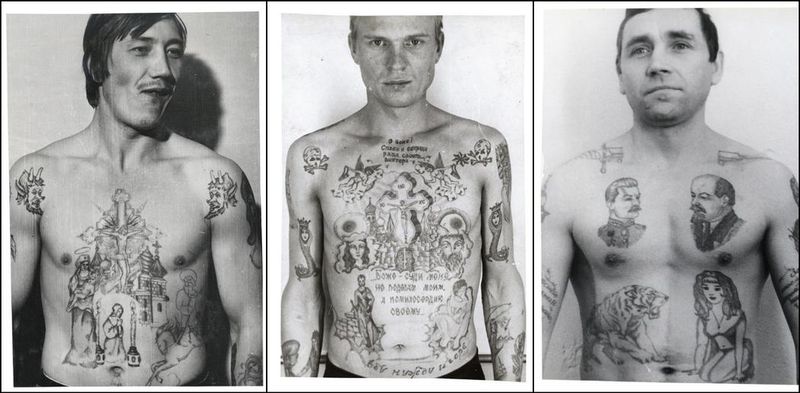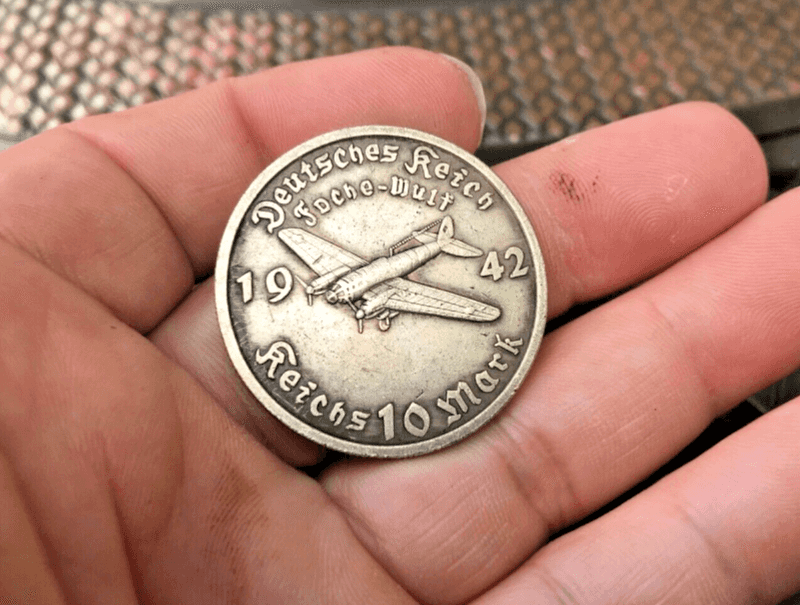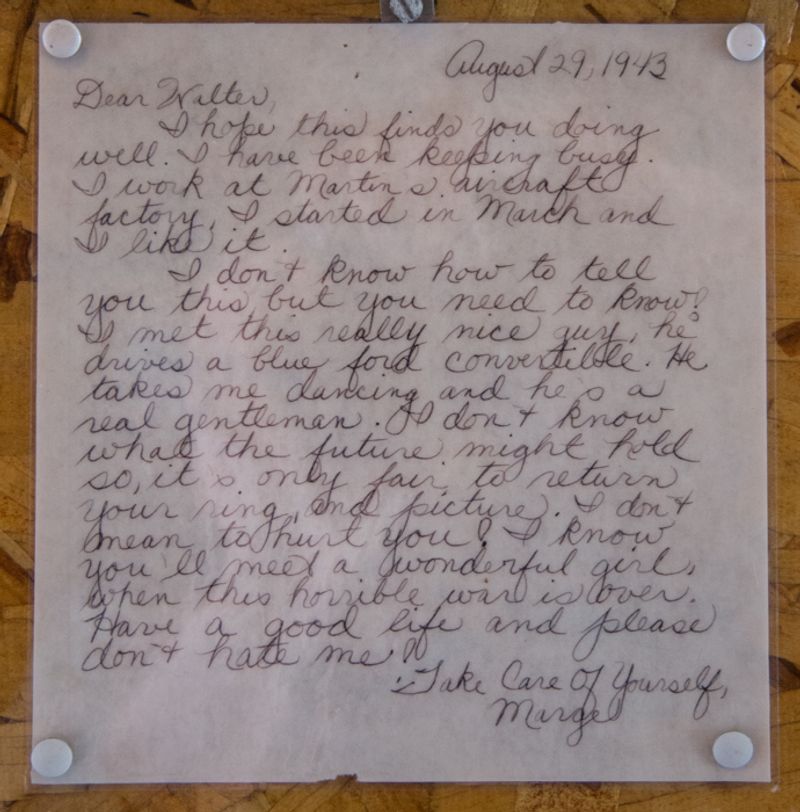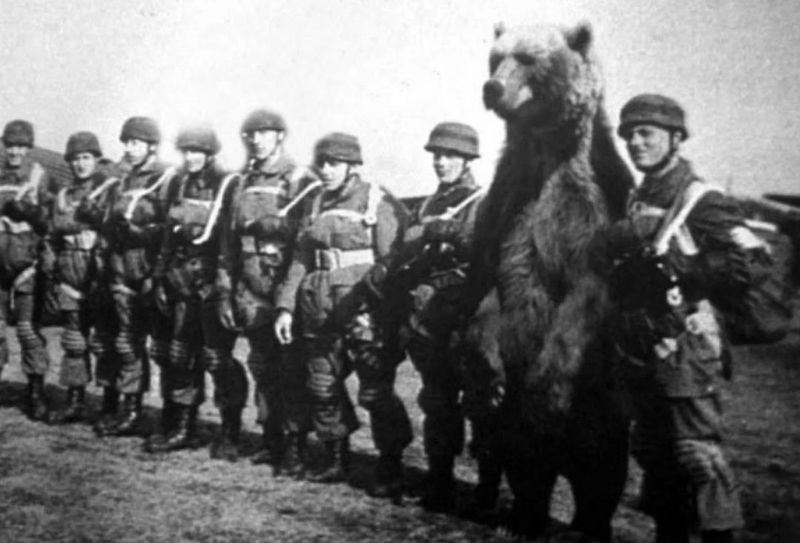During World War II, soldiers went to battle armed not just with weapons, but with items believed to bring luck and protection. These charms, ranging from sentimental items to peculiar tokens, played a significant role in the lives of those on the front lines. Here are 16 fascinating lucky charms that soldiers carried, each with its own unique story and believed power.
1. Silver Mercury Dimes
GIs believed that silver mercury dimes, minted from 1916 to 1945, could stop bullets. A legend emerged of dimes taking hits instead of vital organs, weaving these coins into the fabric of wartime lore. In Italy, one soldier claimed that a dime in his pocket deflected shrapnel, enhancing their mystical reputation. The belief was rooted in stories passed through the ranks, offering solace and a sense of protection. Though scientifically implausible, the psychological comfort these dimes provided was undeniable. Soldiers clung to them as tangible symbols of hope and survival amidst chaos.
2. Rabbit’s Feet (The Real, Dark Origin)
The left hind foot of a rabbit killed in a cemetery at midnight became a powerful talisman for many soldiers. Rooted in an old hoodoo tradition, it was believed to grant protection. Some troops even traded with locals for these so-called authentic graveyard rabbit feet. These charms carried an eerie allure, blending superstition with survival instincts. As haunting as the origins might be, they offered an emotional anchor for those facing the terrors of war, their dark origin only adding to their mystique.
3. St. Christopher Medals
Among Allied forces, St. Christopher, the patron saint of travelers, was a beacon of hope. Paratroopers especially wore these medals, praying for safe landings. An odd twist lies in the discovery of medals melted into soldiers’ bodies from explosions, turning them into literal shield charms. This paradox of destruction and protection captivated many. The medals symbolized belief in divine intervention, fostering a sense of security and faith. For soldiers, they were not just religious tokens but personal guardians in the face of adversity.
4. Playing Cards (Ace of Spades)
The Ace of Spades card became notorious during WWII, used by US troops in the Pacific as a psychological weapon. Troops left this “death card” on fallen Japanese soldiers to instill fear. Later, GIs carried it for reverse luck. The 101st Airborne famously scattered these cards before D-Day, adding to their mystique. This card transformed from a symbol of terror into one of protection, embodying the dual nature of warfare—destruction and survival. Its journey from a tool of intimidation to a good luck charm is a testament to the psychological intricacies of war.
5. Nazi Teeth (Seriously)
In a macabre twist, some Allied soldiers pulled gold teeth from dead Germans, viewing them as both trophies and charms. The dark logic was simple: “If it didn’t save him, maybe it’ll save me.” This grim practice reflected the harsh realities and moral complexities faced by those in battle. These teeth, grotesque yet symbolically potent, were held onto as talismans against enemy bullets. While chilling, it underscored the lengths soldiers would go to find some form of security in uncertain times.
6. Girlfriends’ Stockings
RAF pilots wore their girlfriends’ silk stockings as scarves, believing the intimate connection to loved ones warded off crashes. Beyond superstition, the silk prevented neck chafing during dogfights, blending practical use with sentimental value. These delicate tokens served as reminders of home and love, grounding pilots amidst the chaos above. The dual purpose of these stockings—comfort and connection—highlighted the importance of emotional bonds in maintaining morale. In the skies, they became silent yet powerful symbols of hope and personal ties.
7. Four-Leaf Clovers (Pressed in Bibles)
Irish-American troops particularly cherished four-leaf clovers, often pressed in family-sent Bibles. These clovers were more than lucky charms; they were connections to loved ones and heritage. One soldier famously survived Omaha Beach with 17 clovers sewn into his uniform, a testament to their perceived power. They symbolized faith and fortune, blending cultural heritage with personal belief. In the chaos of battle, these clovers offered a quiet yet potent reminder of home, acting as beacons of hope and resilience amidst the storm.
8. Horseshoes (Tank Crew Secret)
U.S. tank battalions welded small horseshoes onto their Shermans after hearing a story about one stopping a German shell. Whether myth or fact remains unproven, but crews swore by it. These horseshoes became symbols of protection and luck, embodying the hope that fate could be favorably altered. Amidst the mechanical grind of war, these traditional charms offered a touch of whimsy and belief. They represented a soldier’s trust in folklore, blending ancient superstitions with modern warfare strategies for a touch of luck.
9. Japanese “1,000-Stitch Belts” (Senninbari)
Japanese soldiers wore senninbari, sashes with 1,000 red stitches, each sewn by a different woman for divine protection. These belts were more than garments; they were collective symbols of hope and strength. Allied soldiers, upon acquiring them, often kept them as trophies—and sometimes for luck. The belts illustrated the cultural intersection and personal connections amidst conflict. They served as reminders of home and belief, transforming from cultural artifacts into powerful talismans that crossed enemy lines, embodying resilience and hope in adversity.
10. Lucky Underwear (Unwashed)
A peculiar belief among soldiers was to never wash underwear that had survived battle. This bizarre ritual was about more than hygiene; it was about clinging to whatever worked in desperate times. A Marine on Iwo Jima wore the same shorts for 40 days, embodying the superstition’s core. These unwashed garments represented a soldier’s trust in proven luck, however irrational it might seem. They became personal totems of survival, capturing the raw reality of war where any edge, no matter how odd, was worth preserving.
11. Coins With Bullet Dents
Coins already struck by bullets became popular charms, seen as “pre-tested” armor. Soldiers carried pennies or francs with dents as physical evidence of survival. The logic was simple: “If it worked once, it might work again.” These coins were more than metal; they were talismans of hope. In the unpredictable theater of war, they offered tangible proof that luck could be on one’s side. As small as they were, these coins carried immense emotional weight, serving as reminders of life’s fragility and the thin line between life and death.
12. Russian “Deathless” Tattoos
Soviet soldiers tattooed “Death will not take me” on their bodies, and some survived multiple fatal wounds. This defiance in ink became a potent psychological and physical shield. German troops, fearing these “unkillable” soldiers, added to the tattoos’ legend. These markings were more than art; they were declarations of resilience and belief in personal invincibility. In the face of war’s brutality, they offered a bizarre comfort, blending cultural lore with personal conviction. Each tattoo told a story of survival, defying the odds with every heartbeat.
13. “Hitler’s Nickel” Superstition
U.S. troops avoided 1942-1945 “wartime nickels,” believing they attracted sniper fire. These coins, with large mint marks, sparked rumors and superstitions that many soldiers took seriously. Though just a rumor, the power of belief was strong enough to see many toss them away. This superstition reflected the anxious and often irrational mindset that war environments could foster. In the chaos and uncertainty of battle, even the smallest items could become symbols of fate. It was a curious testament to the ways soldiers sought control amid the uncontrollable.
14. Lucky Cigarettes (Unsmoked)
Many carried a cigarette they vowed never to smoke—the “last one” they’d ever need. This ritual, filled with irony, became a poignant symbol of hope and life’s fragility. Unsurprisingly, some unsmoked cigarettes were found in dead soldiers’ pockets, highlighting the unpredictability of war. These cigarettes were more than tobacco; they were testaments to a soldier’s spirit and defiance against fate. They served as reminders of the fine line between survival and loss, capturing the human desire to believe in one more day, one more chance.
15. “Dear John” Letter Burnings
Some troops burned breakup letters before battles, believing it reversed bad luck. For others, keeping them was motivation to survive out of spite. These letters, whether burned or cherished, became powerful emotional tokens. They reflected the personal struggles and stories woven into the larger tapestry of war. Through flames or determination, soldiers found ways to transform heartache into resilience. These rituals highlighted the complex relationship between personal life and duty, proving that even in war, matters of the heart could wield profound influence.
16. Unit Mascots (The Ultimate Charm)
From Goose the Parachuting Dog of the British SAS to Wojtek the Artillery Bear of the Polish Army, mascots were seen as ultimate charms. These animals, beloved by troops, were more than mascots; they were morale boosters and symbols of fortune. Their presence was credited with changing soldiers’ fates in battles, like Wojtek’s role at Monte Cassino. These mascots highlighted the deep bonds formed in wartime, reminding soldiers of innocence and companionship. They were living talismans, embodying hope and camaraderie in the darkest of times.
